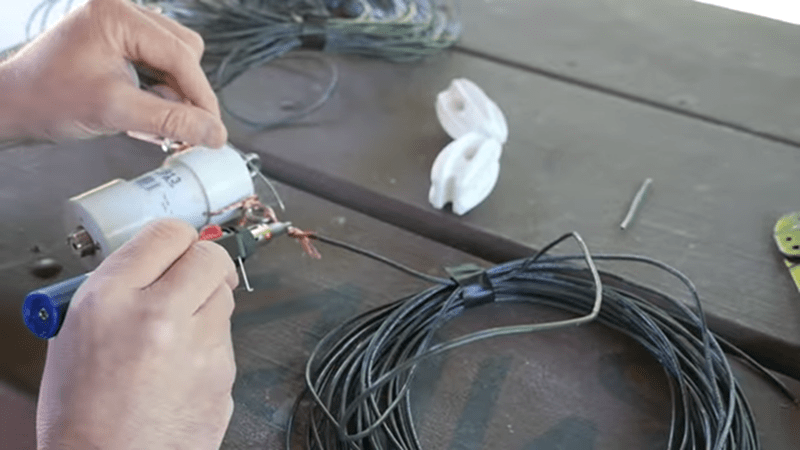
A dipole antenna is easy, right? Two wires, each a quarter wavelength long, emanate from a coax or other feedline. Unless it is an off-center dipole. The length is still the same, but you move the feed point to a different part. [KB9VBR] explains how this changes the antenna’s impedance from the nominal 70 ohms of a standard dipole.
Why would you want to do that? The trick is to find a feed point that has acceptable impedance on multiple ham radio bands. Most automatic tuners can handle a certain range of mismatch so using an antenna like this with a tuner can allow one antenna to serve multiple bands with no traps or switches.
[KB9VBR] uses a 4:1 balun to convert the relatively high impedance to something close enough for a tuner to work with. A cordless soldering iron comes in handy for antenna work and in the video you can see a gas-powered iron making short work of the connections to the 14 gauge wire.
The impedance also depends on height and he suggests 30 feet, at least. Does it work? If you watch the end of the video, it apparently does. If you are in the mood for technical talk about ham antennas, you could do worse than watch this MIT video. If you want a novel take on why antennas work, you might want to read about the kink.
